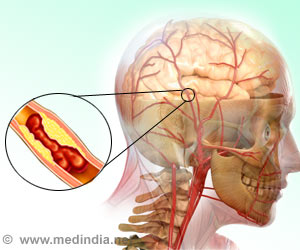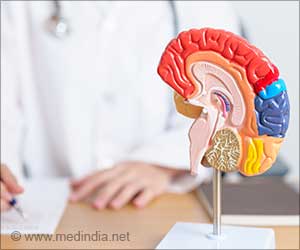The mechanism behind how new antibiotics aimed at battling the superbug Methicillin-resistant Staphylococcus aureus (MRSA) function has been explained in a new study led by Shahriar Mobashery, Navari Family Professor in Life Sciences at the University of Notre Dame.
Mobashery is a known expert in antibiotic resistance and enzyme inhibitors and he and his research team have long probed the nuances of MRSA as a superbacterium.The researchers investigated two new anti-MRSA ?-Lactam antibiotics from the pharmaceutical company Cerexa Inc., which are currently undergoing clinical trails. Both are broad-spectrum antibiotics, but their activities against MRSA and multi-drug-resistant MRSA have been especially noteworthy.
"For the past 50 or 60 years, we've been able to stay one step ahead of traditional infections. However, there are cases of resistance to all eight major existing classes of antibiotics. Actually resistant bacteria are often resistant to multiple classes of antibiotics, not just one or two," said Mobashery.
It's only been 40 years since scientists have known that bacteria possess a cell wall. As the health and integrity of the cell wall are critical to the survival of these organisms, it is not surprising that many antibiotics work by either impairing biosynthesis of the cell wall, or simply bind to it to inhibit full structural maturation.
In 2006, Mobashery and his team provided the first clear understanding of the structure of peptidoglycan, the building unit of the bacterial cell wall.
Peptidoglycan is a mesh-like network, which is the building block of the bacterial cell wall and neighboring peptidoglycans undergo a so-called "cross-linking" reaction to generate the rigid entity known as the cell wall. Since bacteria cannot regulate their internal pressure, bacterial cells would burst apart and die if cross-linking did not occur.
Advertisement
Researchers have been focusing on a unique protein called penicillin-binding protein 2a (PBP 2a) that MRSA carries on its cell membrane. Previous research has shown that PBP 2a performs the critical cell wall cross-linking reaction.
Advertisement
Now the researchers have revealed that the new Cerexa antibiotics appear to interact with PBP 2a in a unique way. The antibiotics mimic some of the interactions of the cell wall with PBP 2a, whereby the enzyme is "tricked" to open up as it attempts its physiological function. Once this opening of PBP 2a takes place, its function is inhibited by the novel antibiotics, resulting in bacterial cell death.
"Both antibiotics are highly effective in killing MRSA. It's a promise that awaits the outcome of the clinical trials," said Mobashery.
Source-ANI
RAS/L















